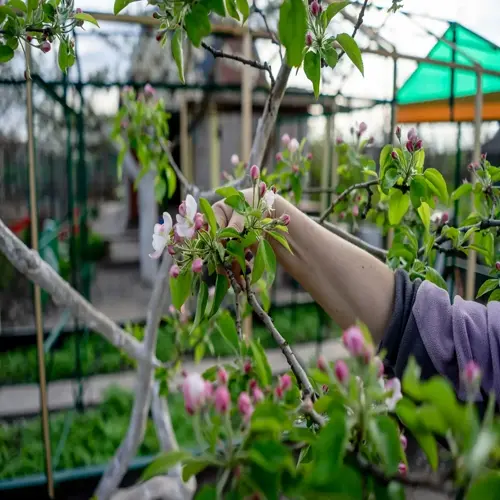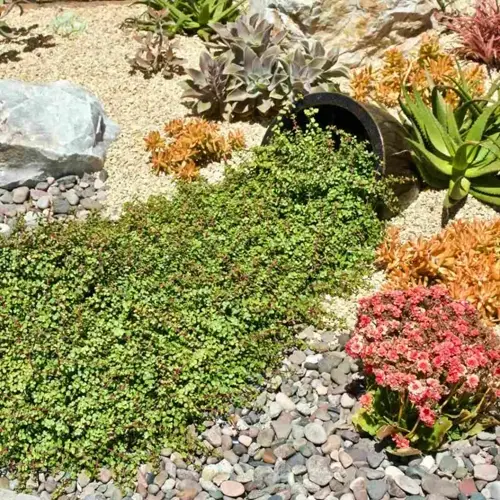What are the most common edible flower varieties?

Written by
Michael Sullivan
Reviewed by
Prof. Samuel Fitzgerald, Ph.D.With their vibrant colors and distinctive flavors, edible flowers bring a unique twist to meals. Salads are peppery-flavored thanks to nasturtiums, and sweetness is added to cakes and pastries by violets. As ingredients, they raise the quality of ordinary dishes to new heights of gourmet delight. Flower growers have the added benefit of knowing that edible flowers serve the dual purpose of being both ornamental and edible plants. Recognition of the varieties makes it possible to create interesting edible landscapes.
Flavor profiles vary greatly between species. Borage brings refreshing cucumber-like undertones perfect for summer drinks. Calendula brings saffron-like earthiness to savory dishes. Lavender brings floral sweetness to baked goods. Squash blossoms bring a delicate texture for stuffed recipes. Each type expands your culinary creativity in various ways.
Nasturtium
- Flavor: Peppery watercress notes
- Uses: Salads, sandwich fillings, pesto
- Tip: Harvest before noon for best flavor retention
Borage
- Flavor: Mild cucumber freshness
- Uses: Cocktail garnishes, frozen in ice cubes
- Tip: Self-seeds readily for continuous harvests
Calendula
- Flavor: Earthy saffron alternative
- Uses: Rice coloring, soup garnish
- Tip: Petals retain color when dried
Proper care produces good results. Most plants like well-drained soil and six hours of sunlight. Nasturtiums will thrive even in unideal soils, while lavender enjoys an alkaline soil type. Regular harvesting will encourage continued blooming. Avoid using pesticides, as even natural ones can compromise food safety. Container gardening is good in small spaces.
Safety is the most important consideration when using blooms. Only eat varieties that are corroborated by trusted sources. Proper identification avoids confusion with poisonous mimics like oleander. Flowers are best washed in a weak solution of vinegar. The anthers containing pollen should be taken from the lilies. Take small amounts of blooms at first to test for allergy susceptibility.
Read the full article: 20 Edible Flower Varieties for Gourmet Gardens

